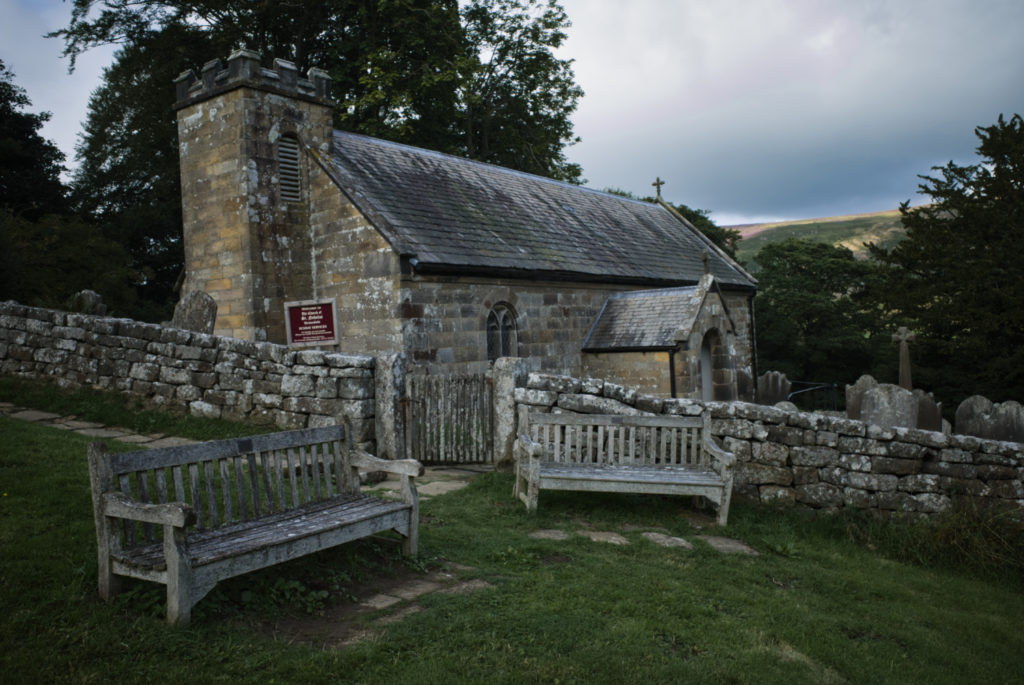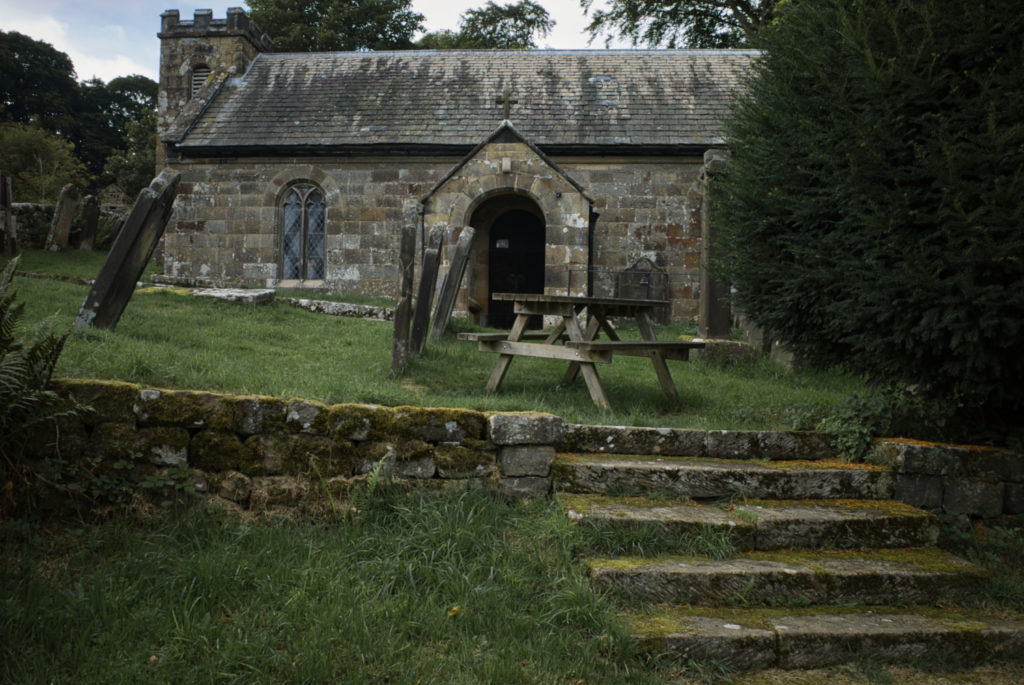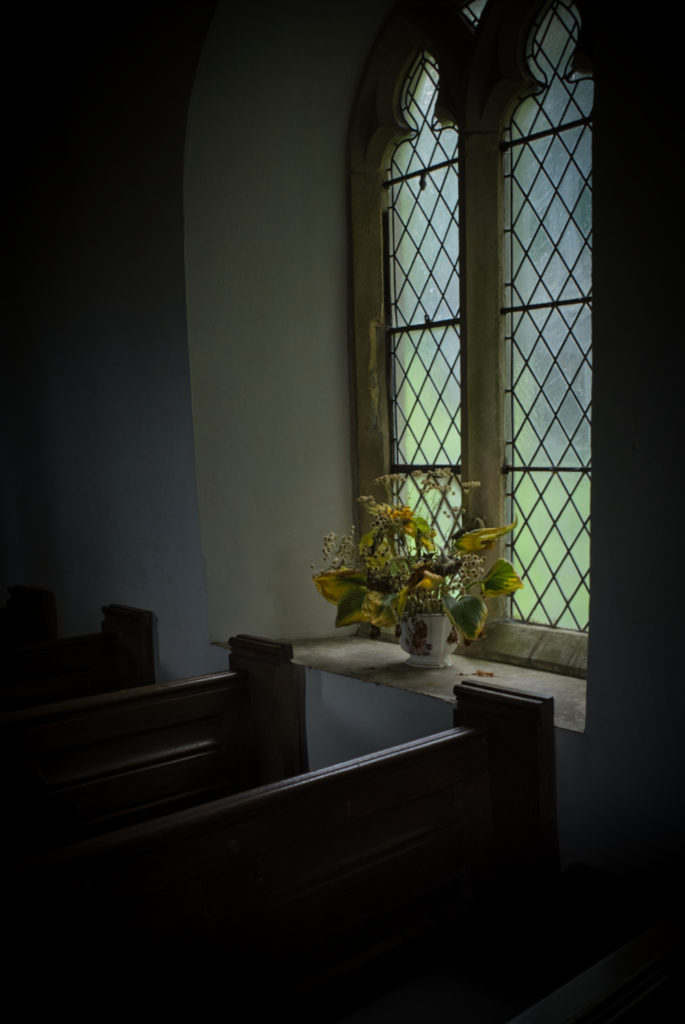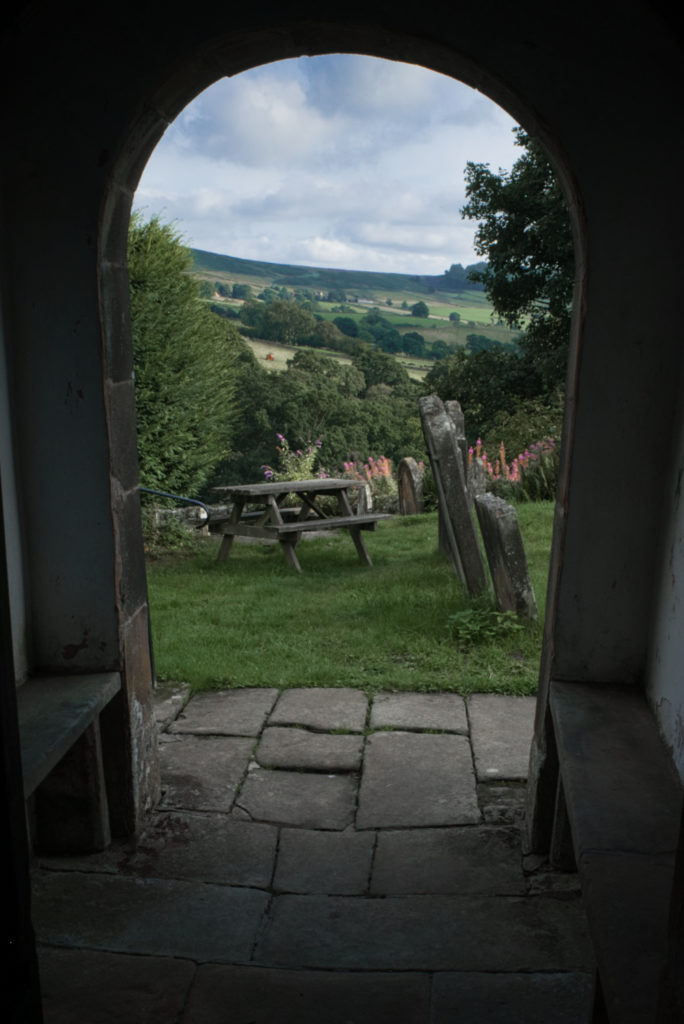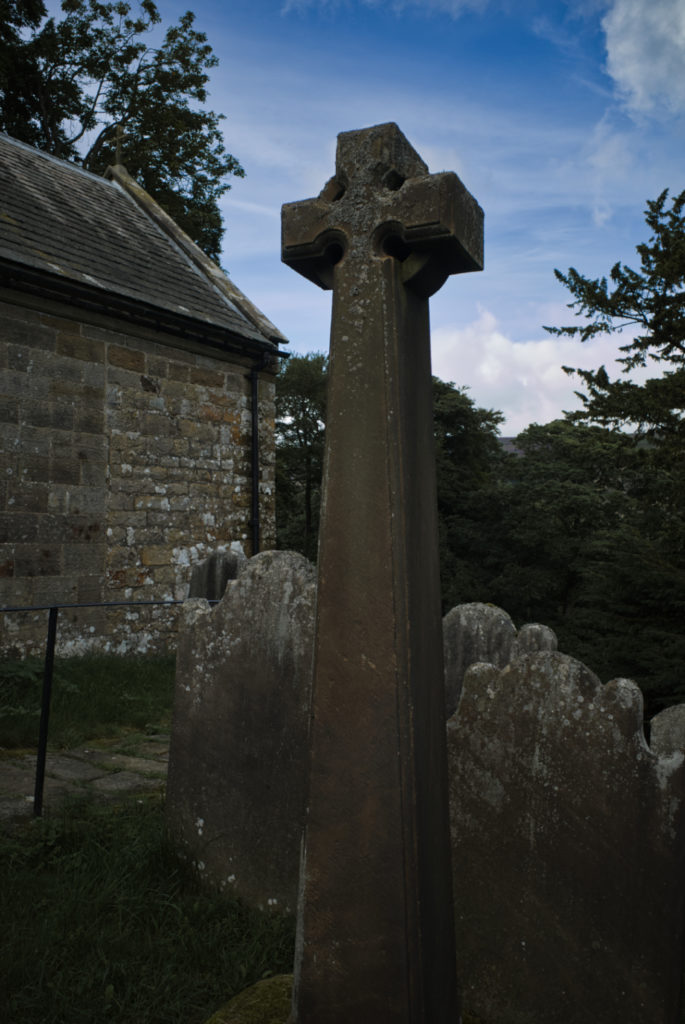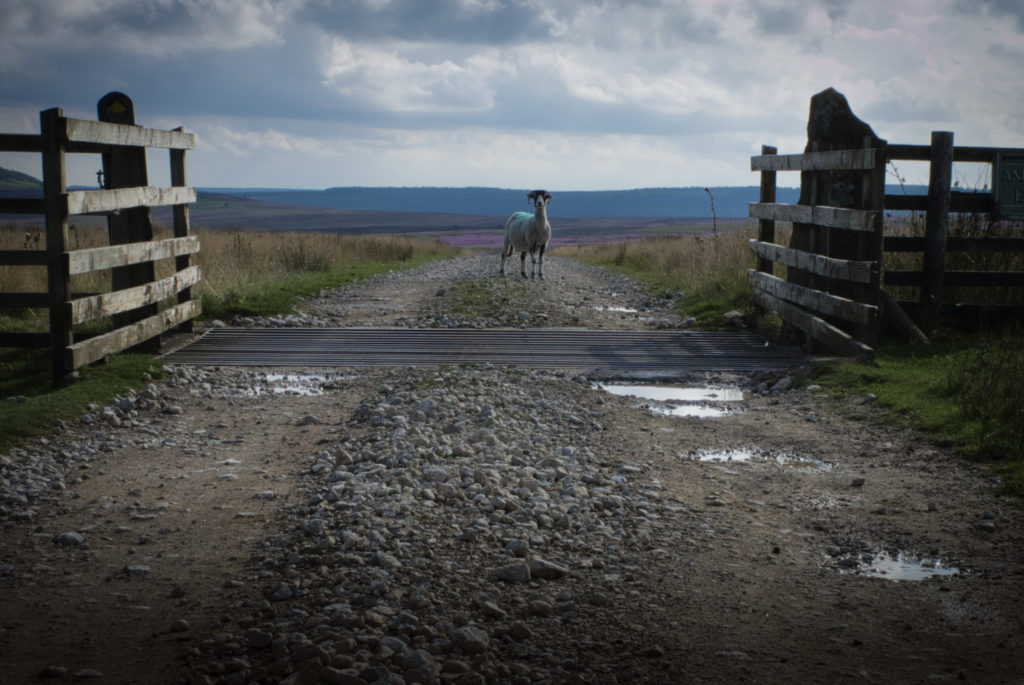It’s Farndale that I visit most frequently but yesterday I decided that I’d do the loop around to Bransdale – perhaps the most remote of the local dales and specifically to visit the small church at Cockayne – the tiny hamlet at the head of the Dale.
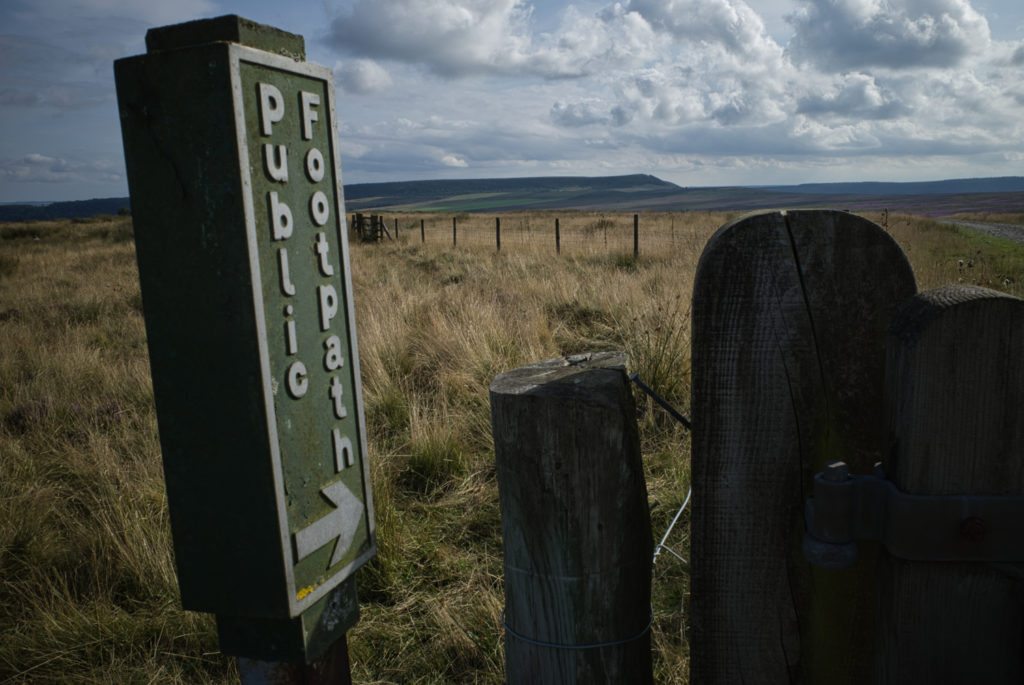
I didn’t realise until I started seeing buildings with National Trust signs that they owned and managed much of the dale. Wikipedia confirmed the arrangement:
The hamlet is, with the exception of the Church and Glebe, entirely owned by the National Trust. The overwhelming part of the 1,925 acres (779 ha) Bransdale estate was transferred to the National Trust through National Land Fund procedures in 1972 and comprises all the farmland and a small amount of woodland in the valley.
Studies carried out on the heather moorland at Cockayne Head and Ridge have shown that repairing the moorland after major fires helps prevent flooding in times of heavy rain. When the moorland is burnt the peat dries out and flakes, but when the peat is allowed to grow back, it acts like a natural sponge to retain water and release it slowly over days and weeks, which helps to prevent flooding further downstream.
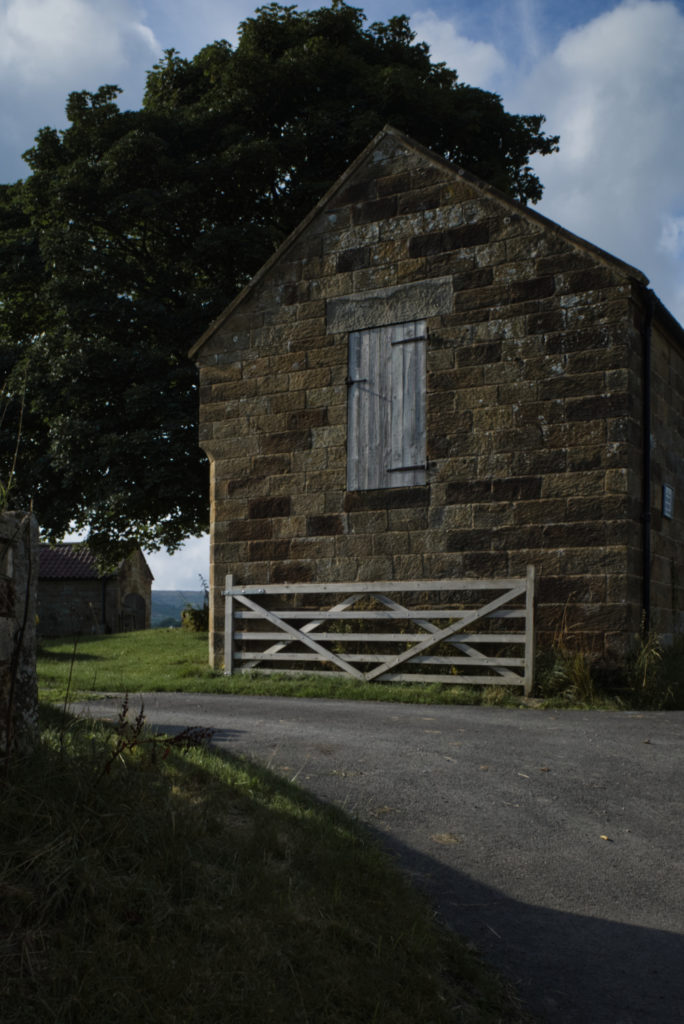
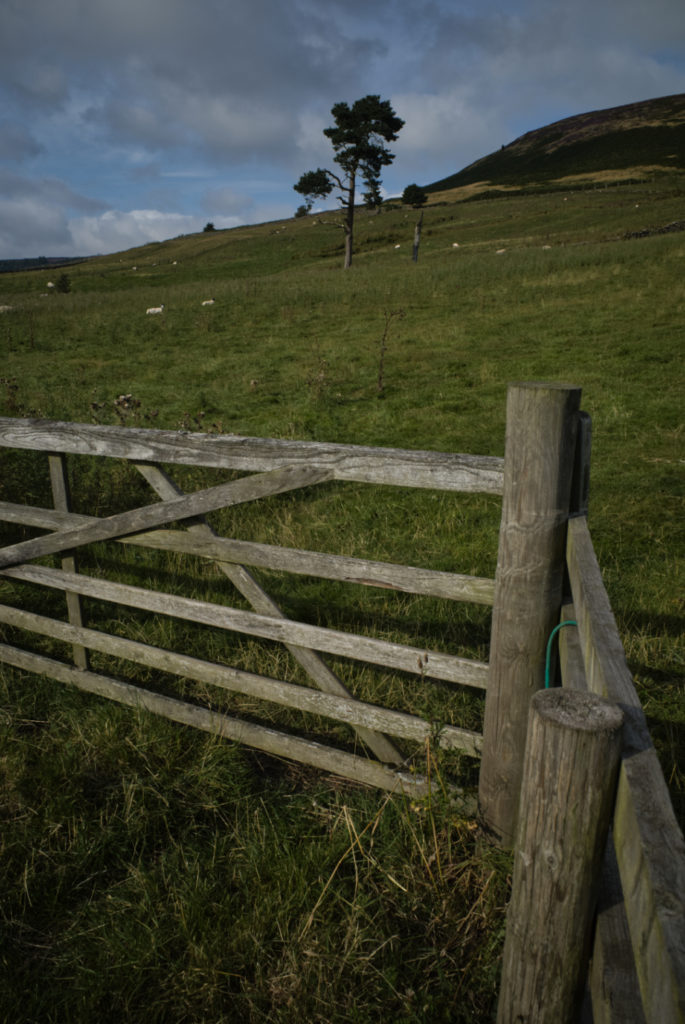
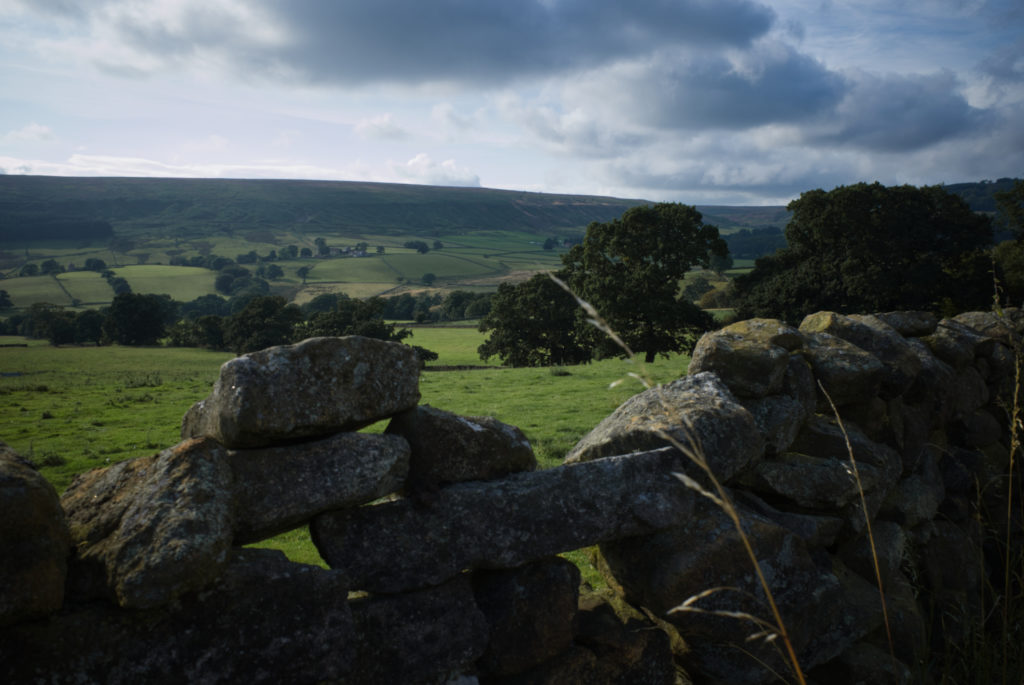
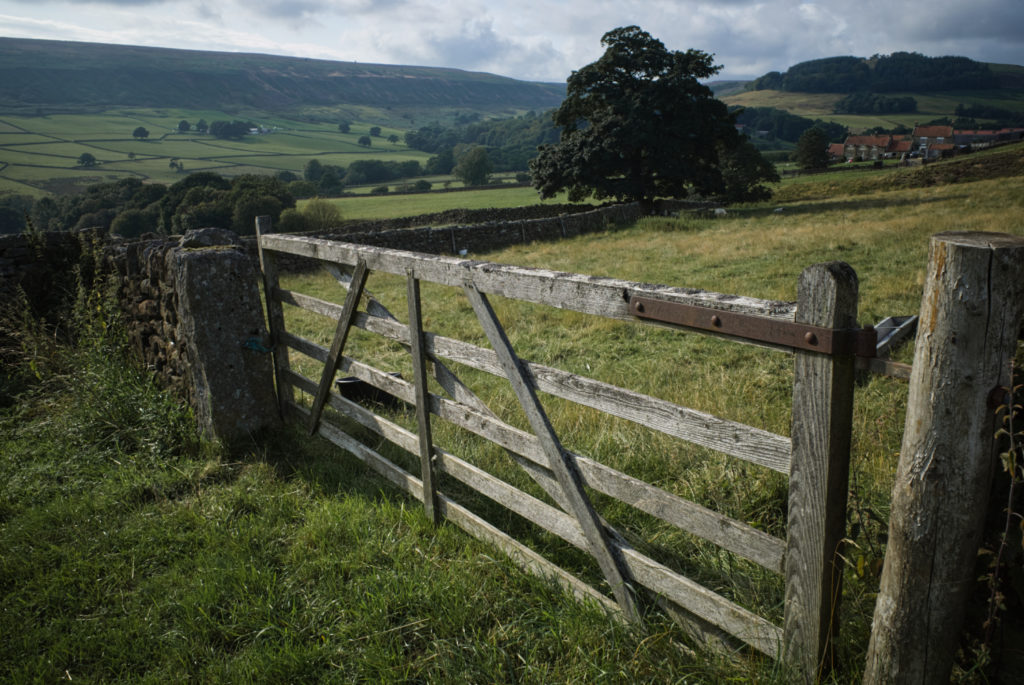
St Nicholas church was built in 1886 by the Earl of Feversham, and was later extended in 1934. St Nicholas’ boasts a barrelled roof and several graves dating to the 18th century.
Today the Church is regularly visited a great many people, drawn by its solitude and quiet beauty.
During the summer months, regular Teas Days are held in the churchyard overlooking the dale; and each year in August, St Nicholas’ Church is the final destination of the Parish Pilgrimmage, held over two days linking the five parish churches in the Benefice.
